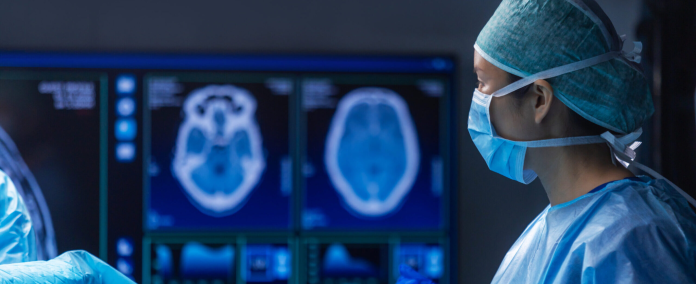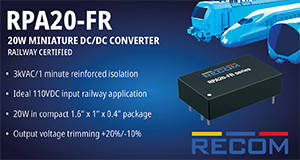Andy Smith | Technology Director | Arrow Electronics
AI adoption permeates all industries, revolutionizing traditional processes, unlocking unprecedented use case applications, and opening new, unimaginable possibilities. According to GlobalData’s forecast, the overall AI market will be worth $909B by 2030.
The healthcare industry is in a transformative era with the adoption of AI technology. From pharmaceutical research and development to remote patient monitoring and in-home care, we are witnessing unprecedented leaps in robotic surgical procedures, precision imaging, and early disease detection, diagnosis, and treatment.
In healthcare, AI innovation often happens at the edge, where data is created and handled close to where it occurs. The amount of data and the specific needs of medical applications require accurate and quick processing with minimal latency. The sharing and size of the data, as well as the quick response of edge medical devices, show how important it is to have a strong edge infrastructure. This requires an update or the creation of new designs to handle the power, capacity, and size needed to run many of these new AI-powered medical devices.
The increasing rack densities and power requirements of high-performing chips and the higher heat loads from boosted compute power and super-sized servers highlight the critical need for efficient and rapid cooling. Modern imaging equipment like MRI machines, CT scanners, and X-ray devices demand extensive storage, high-speed processing capabilities, advanced computing, and operating systems.
However, this doesn’t necessarily mandate immediate radical overhauls. Initially, placing compact server units adjacent to machines near the source can support AI medical devices. Beyond the device build and embedded components, server support installs can go directly into the room.
For larger installations and to support multiple devices, on-premise rack systems, micro data centers, or backup power sources such as UPS, complete with cooling and monitoring, can be installed in dedicated server room closets. Additional considerations include the number of devices, data volume, and real-time responses. One thing is certain: downtime is not an option.
Arrow helps companies navigate the complexities of AI deployment. We work closely with leading technology and infrastructure providers such as Supermicro, APC, and Microsoft to develop certified, high-performing AI-ready devices, from board-level compute and operation systems to software, servers, and micro data centers. Whether you need to modify, expand, or design new architecture for your existing infrastructure, our integrated solutions help pave the way for a successful edge AI deployment in healthcare.









